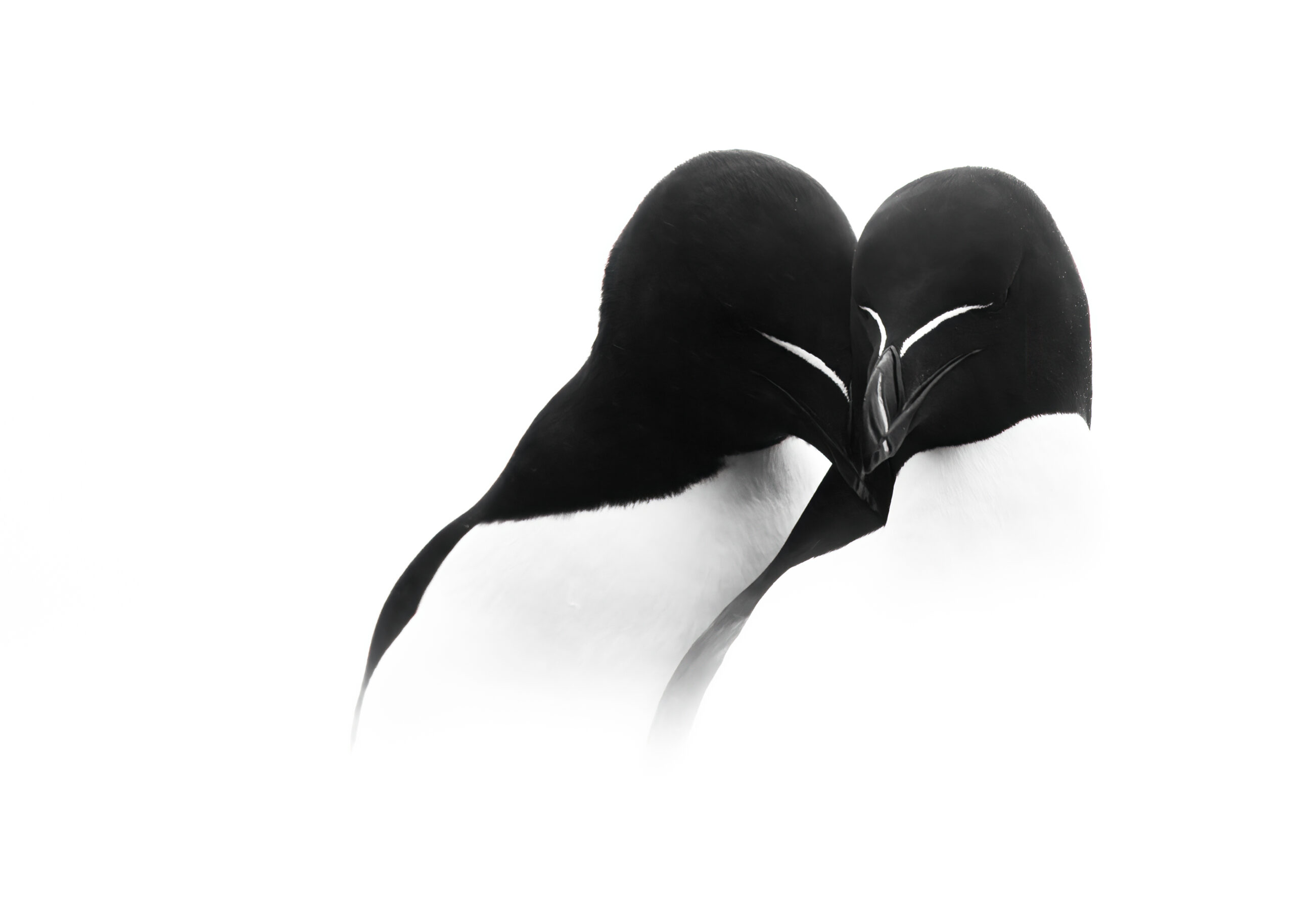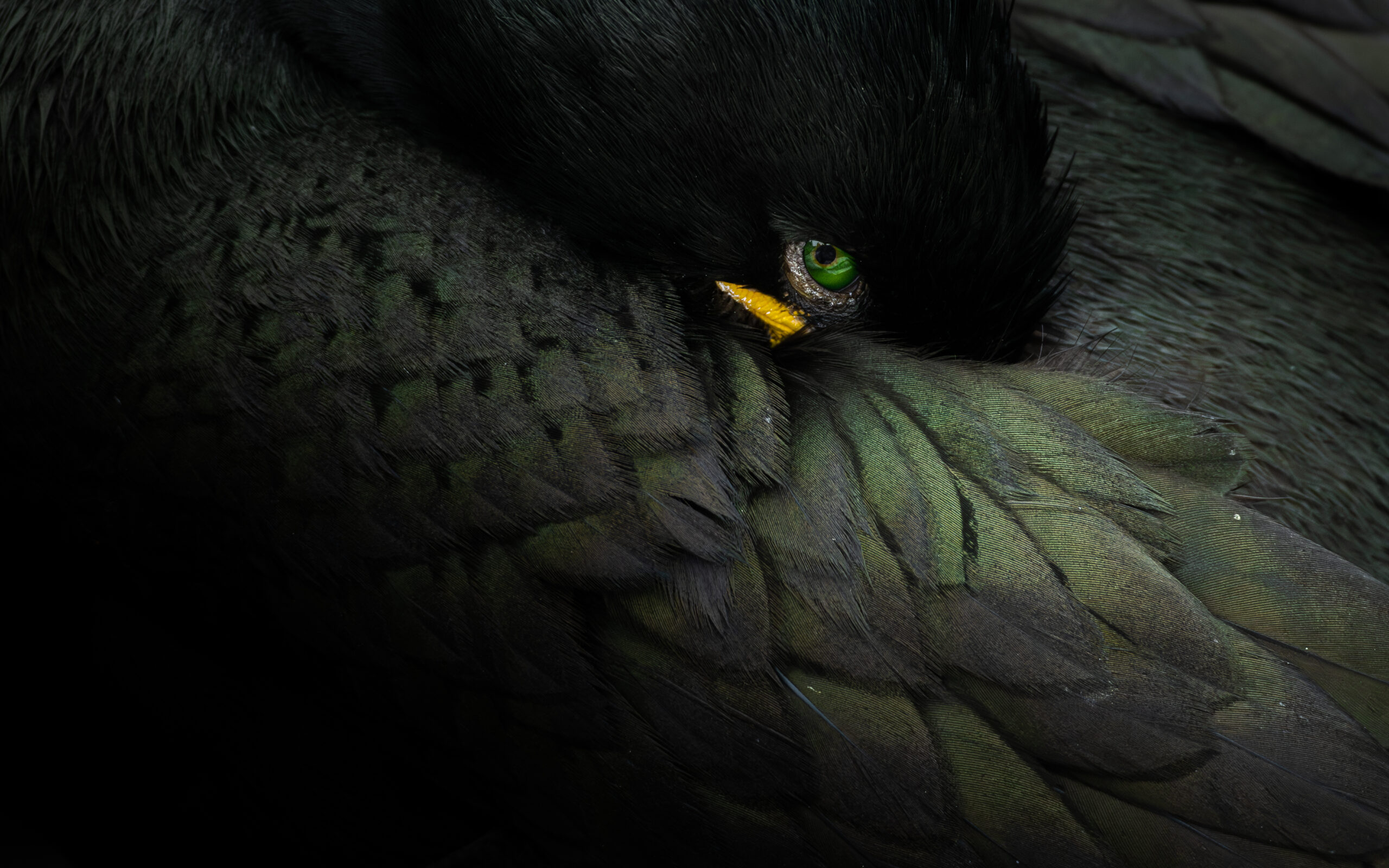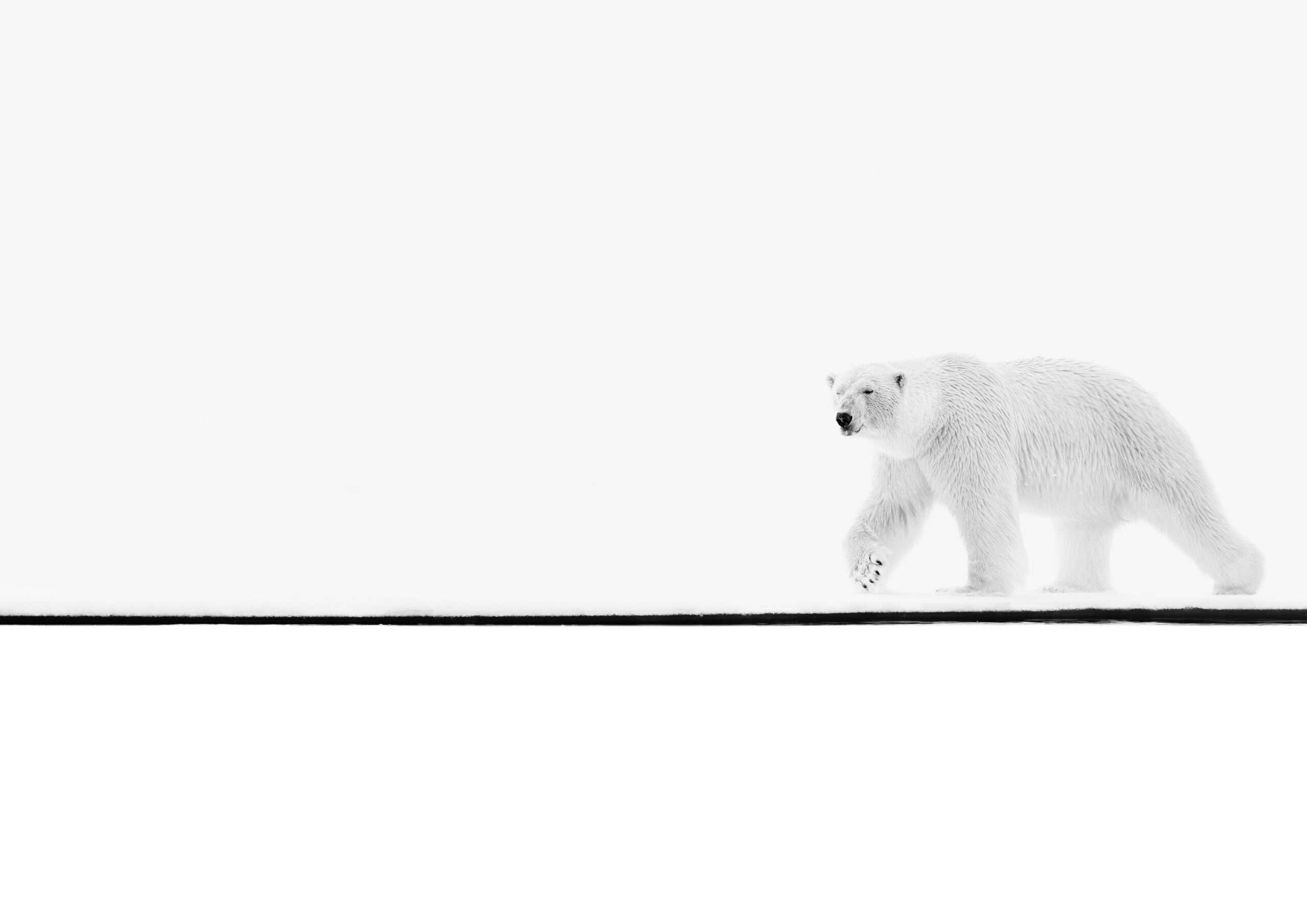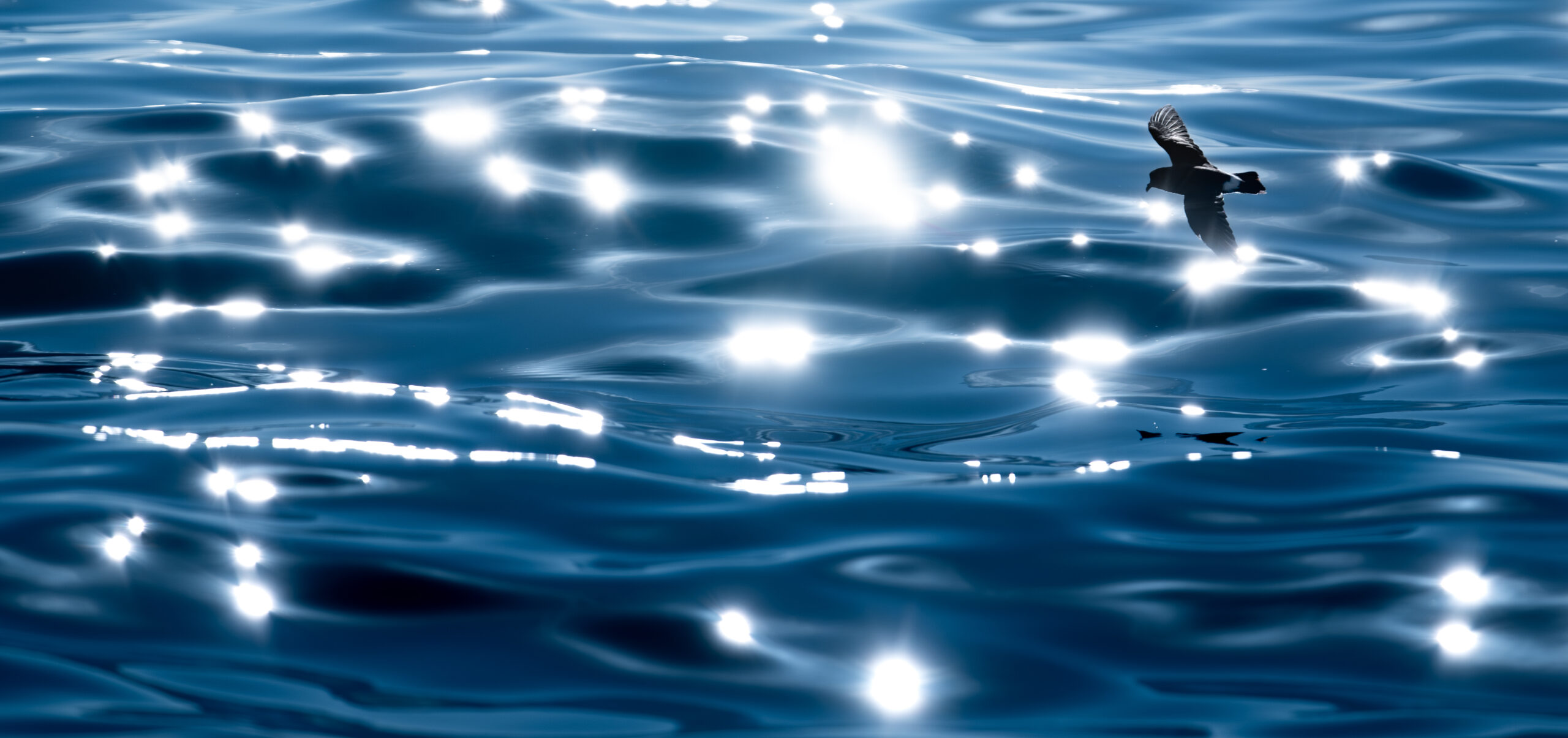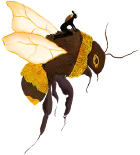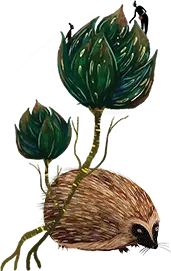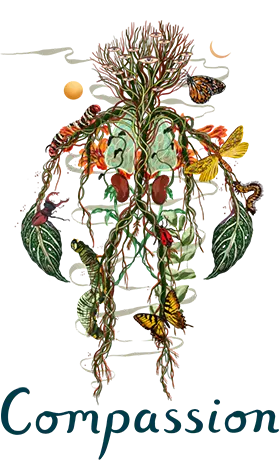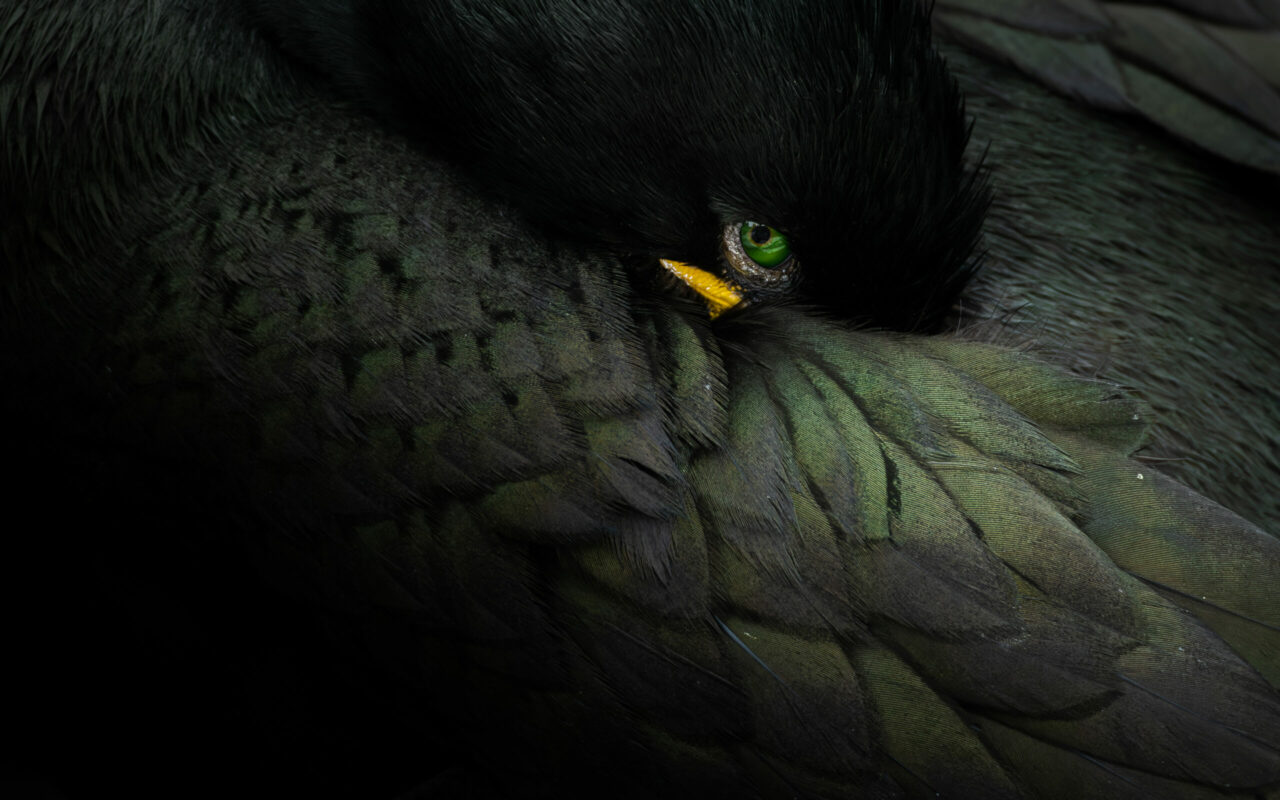
Photography Tips from Rachel Bigsby
Meet Rachel Bigsby
Considered to be a leading wildlife photographer amongst her contemporaries, Rachel Bigsby is a 27-year-old self-taught wildlife photographer carving an awe-inspiring career with her passion for seabirds and her flare for capturing natural artistry.

Rachel is a winner in five of the world’s most prestigious competitions, including as the winner of ‘Natural Artistry’ in Wildlife Photographer of the Year and the portfolio winner in Bird Photographer of the Year. She is also a Nikon creator, a published photographer by National Geographic, a photographer for the RSPB and the National Trust and an ambassador for Badger Trust.
Photography Tips from Rachel
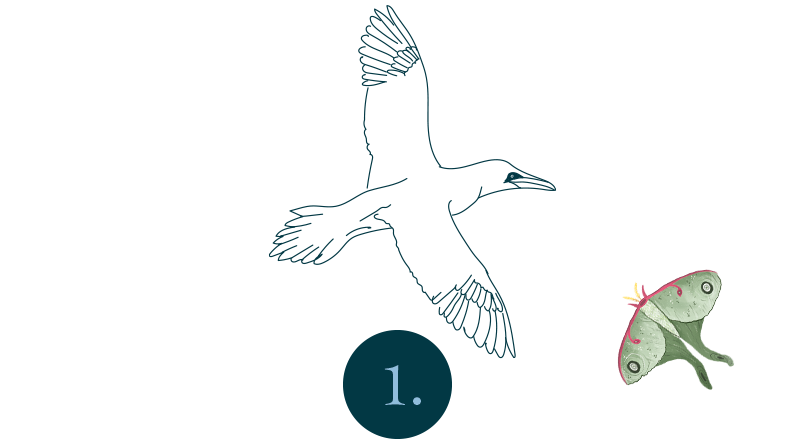
When you’re photographing birds in flight, put the wind and sun at your back…
Birds generally fly into the wind, and when they are flying toward you at an angle, they are in the best position for pleasing flight images. Birds fly much slower into the wind, which makes them easier to track, and having the sun at your back illuminates them nicely!

Try to understand the behaviour of your subject before you photograph it…
By gaining an insight into our subject’s habitat, behaviour, ecology, biology and patterns, we are in a stronger position to photograph ethically and effectively. This simple observation and study will allow us to better predict when to press our shutter as, with experience, we will begin to recognise the often fleeting signals and indicators of desired behaviours. Importantly, understanding the tolerance levels and natural behaviours of our subject can also help us to monitor how our presence is affecting the animal.
For example:
Before leaving their colonies or taking off, Gannets will ‘sky point’. This is the act of tipping their heads back and bills skyward. To ensure that one parent remains on the nest at all times, a Gannet will ‘sky point’ as a signal to its mate that it is about to take off. As a photographer, this behaviour is a signal to you too, to keep focussed on the bird if you wish to capture the classic flight shot.
Understanding your subject’s ecology and biology is also important if you wish to capture niche behaviours that only happen at certain times of year, like capturing the classic photo of a Puffin with sandeels in its beak.
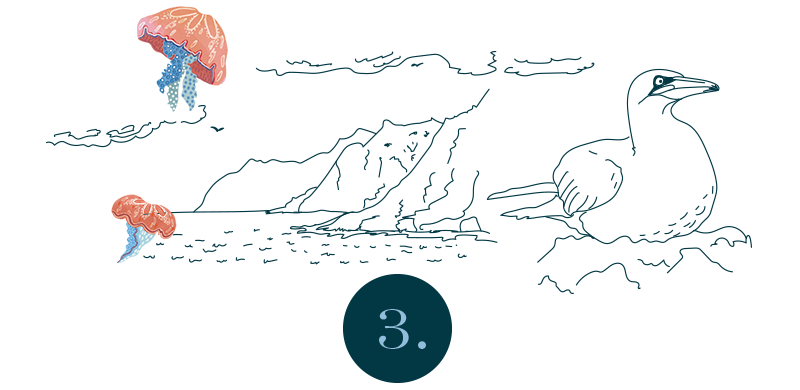
Work with the weather…
The very nature of wildlife photography is uncontrollable. There are many variable factors such as the behaviour of a wild animal, the weather, the timetables of boats and islands etc. To maximise success, it is important to ‘make do’ with at least one of these uncontrollable factors by learning to work with the weather conditions. For most, rain and clouds are an enemy, however, they are my favourite conditions. Rather than focussing on the negatives like flat light or high ISO’s, look for the positives!
For example:
— On cloudy days, experiment with exposure compensation to
obtain a ‘high key’ effect.
— In stormy weather or with distant subjects, look for new angles
that convey a sense of scale, drama, fragility or resilience.
— In harsh light, underexpose for a backlighting and ‘low key’ effects.
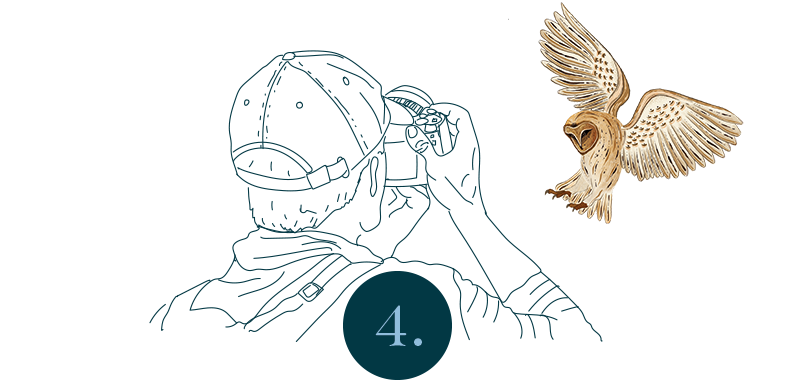
Let your passion and enthusiasm guide your photography!…
When you photograph subjects that you truly love, your images will often capture overlooked details to create unique work and create greater success as you truly can empathise and understand your subject. You will also feel more resilient and determined to bounce back and keep growing when you are spending time with a subject that makes you happiest!
Discover some of our favourites below…
